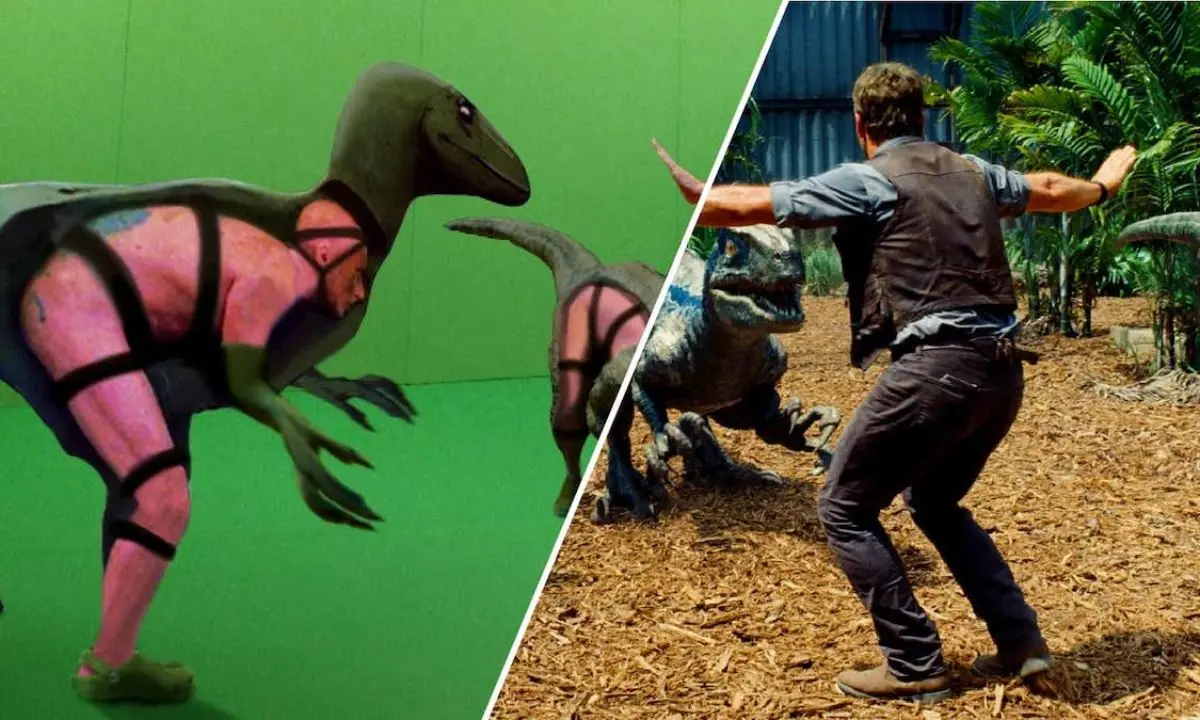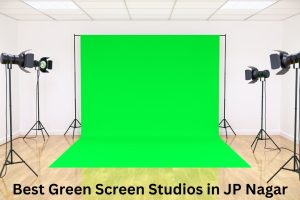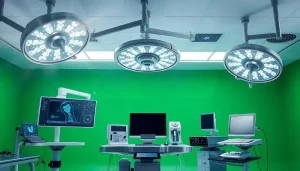Green screen technology, known as chroma key compositing, has emerged as one of the most widely used options for filmmakers at every level. Prior to now the term “green screen” (or “blue screen”) technology was a tool that was mainly used for major Hollywood features or projects with significant budgets. While you usually had to leave it to the professionals and big studios, green screens are now a standard tool to create independent videos from a local creator working on an independent feature film, web series, promotional film, commercial, or even a student film. This type of technology is already changing the way stories are told, creating a more immersive world without the expense of a set or a distant travel location.
The Accessibility of Technology
Ten years ago, to use a green screen, you would have had to break the bank for equipment and learn a post-production program for the edit. While the cost of digital editing programs like Adobe Premiere Pro, DaVinci Resolve, and Final Cut Pro has dropped, they have also developed sophisticated chroma keying to make the look even more accessible. Even free programs like HitFilm Express or Blender let local creators try things they could do at the professional level. For a low cost, or comparatively to what they were, LED lighting kits and portable collapsible green screens are always available for purchase on the internet, making video accessible for independent filmmakers.
Transforming Local Film Projects
For productions with limited budgets, location costs frequently take a huge chunk out of an already small budget. Using a green screen allows filmmakers to position their characters anywhere from a busy street in New York to a futuristic sci-fi world while they never leave their studio.A local documentary filmmaker in Atlanta recently used a green screen to recreate historic backdrops of places and events that no longer exist. Likewise, student filmmakers use green screen effects to make fantasy films, allowing audiences to be transported to elaborate imagined landscapes in films where the landscapes could never be physically built.
Beyond special effects, audiences may consider green screens as primarily adding a bit of flair with explosions, alien planets, or superheroes flying, but local filmmakers are finding more practical and down-to-earth uses. Many filmmakers are utilizing green screens simply to replace backgrounds in interviews, commercials, or music videos. In Chicago, for example, a marketing agency recently shot an entire product campaign in front of a green screen with real, clean brand visuals layered in later. Independent musicians regularly shoot performance videos using a green screen studio setupto create bold backdrops without undertaking the cost of an enormous production.
Challenges Faced by Local Filmmakers
Even if a green screen is easy to use, it takes skill to do it right. If the lighting is not suitable, shadows and variability in colors make it not possible to key out the background cleanly. Local filmmakers often experience “spill,” where the green light bounces onto the subject, creating a green glow that could be distracting. Many independent creators are researching ways to mitigate these issues using online tutorials, community workshops, or local film collectives that share knowledge and resources. There are also grassroots film groups in cities such as Los Angeles, Austin, and Toronto that host seminars with training exclusively about green screen use.
Connection Through Technology
Not surprisingly, affordable green screen technology has also provided filmmakers ways to collaborate. Shared studio spaces that include professionally managed screens and lighting have become available in creative hubs. For instance, co-working film studios in places like Brooklyn and Portland advertise green screen studios for rent by the hour, providing small creators professional environments without a long-term cost commitment. This leads to a new sense of community where filmmakers intelligently learn from each others’ mistakes and victories.
Expanding Possibilities in Storytelling
One of the most interesting parts about local filmmakers using green screens is the amount of creative freedom it offers. Stories that previously required unrealistic budgets can now be made on small budgets.Short films about space travel, dystopian futures, or magic have been made at festivals around the world. This democratization of visual effects promises to allow more voices to enter and influence the industry and ultimately expand what types of stories people can see. Additionally, with technology continuing to advance, the quality of productions using a green screen is expected to improve. Real-time compositing tools, in which filmmakers can see backgrounds layered during shooting, are starting to trickle down from major studios into independent productions. Coupled with AI-driven editing and virtual production, local filmmakers will have access to even more powerful tools in the near future.
Green screens are no longer limited to big-budget filmmaking or blockbuster productions. Green screen technology has directly become characteristically valuable for local creators to compete in a crowded digital landscape and realize bold creative expressions. This has as many implications for audiences as well—the possibility of more diverse stories and ideas told from new perspectives, and for filmmakers it is a chance for creativity to take on an even more expansive potential.





